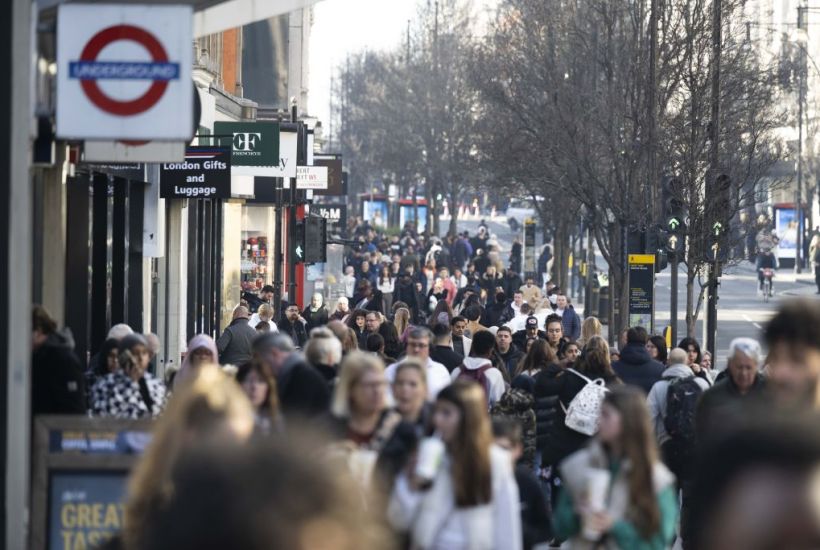What is the appropriate act to mark the fiftieth anniversary of Value Added Tax in the UK? Are we celebrating? Surely not. Are we mourning? If only. But we should at least pause and reflect on the central role that VAT has played in our recent economic history.
The third largest source of tax revenue, forecast to deliver over £160 billion to the Exchequer this year, VAT has always been a cash-cow, but never without complaint.
Already a subscriber? Log in
Subscribe for just $2 a week
Try a month of The Spectator Australia absolutely free and without commitment. Not only that but – if you choose to continue – you’ll pay just $2 a week for your first year.
- Unlimited access to spectator.com.au and app
- The weekly edition on the Spectator Australia app
- Spectator podcasts and newsletters
- Full access to spectator.co.uk
Or




















Comments
Don't miss out
Join the conversation with other Spectator Australia readers. Subscribe to leave a comment.
SUBSCRIBEAlready a subscriber? Log in